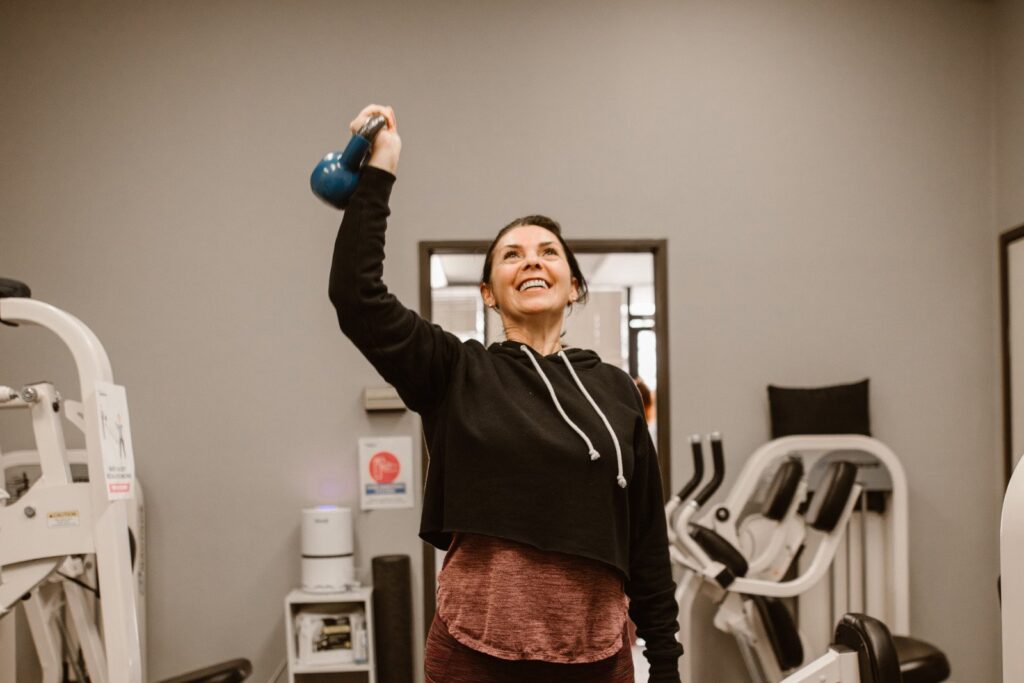The pursuit of optimal fitness often involves a focus on either strength or flexibility. However, the true power lies in combining these two essential components. By incorporating both strength and flexibility training into your routine, you can enhance performance, prevent injuries, and improve overall well-being.
Understanding the Synergy: Strength and Flexibility
Strength and flexibility are interconnected aspects of physical fitness.
- Improved Performance: Increased flexibility enhances range of motion, allowing for greater power output during strength exercises.
- Injury Prevention: Strong, flexible muscles are less prone to strains and tears.
- Enhanced Balance: A combination of strength and flexibility improves balance and coordination.
- Pain Reduction: Improved flexibility can alleviate muscle tension and joint pain.
- Body Awareness: Developing both strength and flexibility deepens your understanding of your body’s capabilities.
Building Strength: The Foundation
Strength training is essential for building muscle mass, increasing bone density, and boosting metabolism.
- Compound Exercises: Prioritize exercises that work multiple muscle groups simultaneously, such as squats, deadlifts, and lunges.
- Progressive Overload: Gradually increase the weight or resistance to continue challenging your muscles.
- Proper Form: Focus on maintaining correct form to prevent injuries and maximize results.
- Rest and Recovery: Allow sufficient time for muscle repair and growth.
Cultivating Flexibility: Expanding Your Range of Motion
Flexibility training improves your body’s range of motion and reduces the risk of injuries.
- Static Stretching: Holding a stretch for a prolonged period, such as holding a hamstring stretch.
- Dynamic Stretching: Incorporating movement into stretches, like arm circles or leg swings.
- Yoga and Pilates: These practices combine strength, flexibility, and balance.
- Regular Stretching: Incorporate stretching into your daily routine, especially after workouts.
Creating a Balanced Routine: Integrating Strength and Flexibility
A well-rounded fitness program includes both strength and flexibility training.
- Warm-up: Begin with dynamic stretches to prepare your body for exercise.
- Strength Training: Focus on compound exercises to build overall strength.
- Cool-down: Incorporate static stretches to improve flexibility and aid recovery.
- Yoga or Pilates: Dedicate specific sessions to these practices for deeper flexibility work.
Overcoming Challenges: Building a Consistent Practice
Consistency is key to achieving optimal results.
- Finding Time: Incorporate strength and flexibility training into your daily routine.
- Setting Realistic Goals: Start with achievable goals and gradually increase intensity and duration.
- Overcoming Plateaus: Mix up your routine to prevent boredom and continue progressing.
- Listening to Your Body: Pay attention to your body’s signals and adjust your workouts accordingly.
By combining strength and flexibility training, you can achieve a higher level of physical fitness, reduce the risk of injuries, and enhance your overall well-being. Remember, progress takes time, so be patient and consistent in your efforts.






